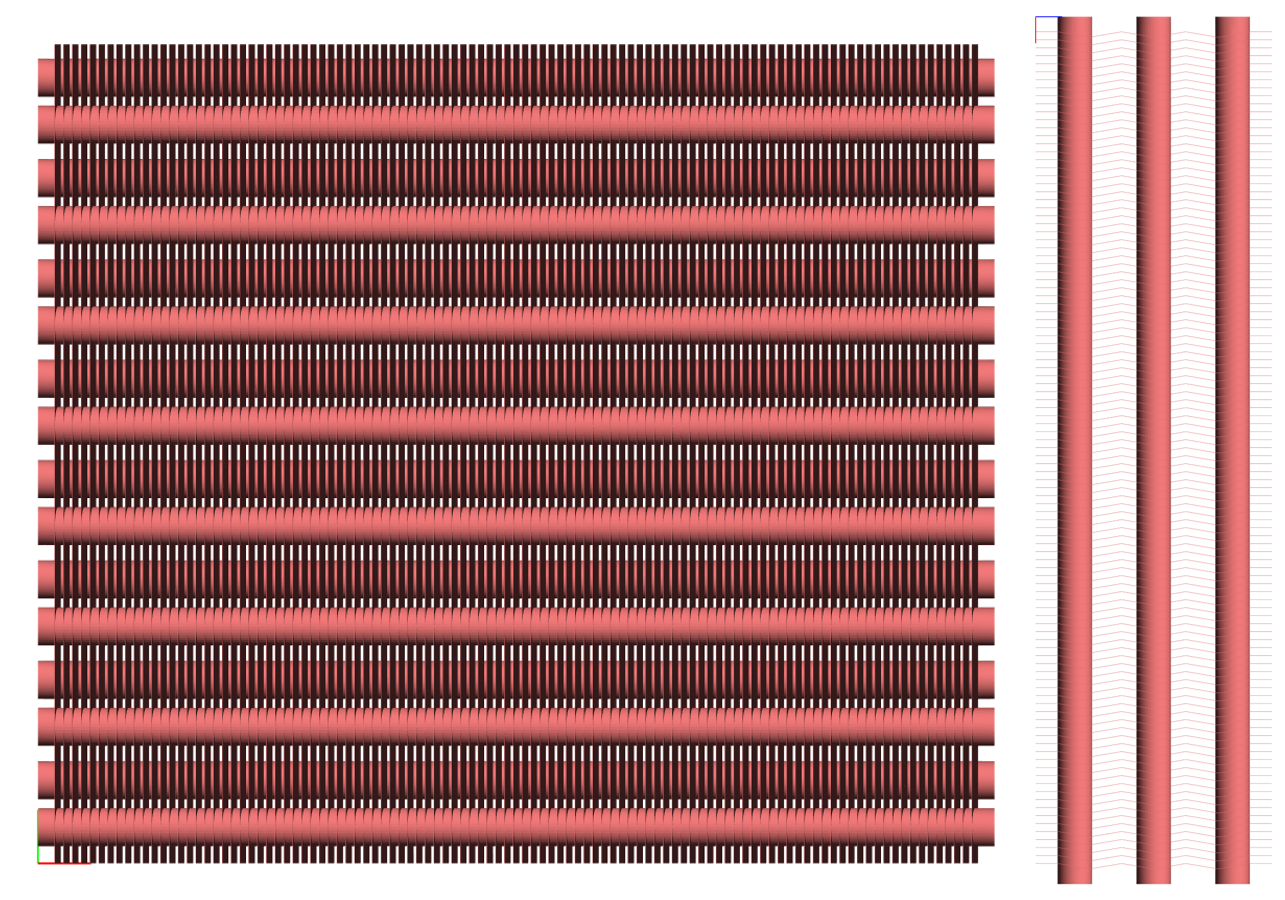In the air conditioning sector, batteries are essential equipment. For this reason, they are included in almost every analysis. In many cases, we need accurate solutions to make changes on our HVAC unit design. CFD analysis can show us internal pressure loses and other air flow characteristics of an HVAC unit. During the design process, we make many changes on the unit design. At this point, CFD analysis provides us an economical solution for testing our preliminary designs before the final design. For this reason, we need to create the correct model for coils in our CFD analysis.

In CFD analysis meshing a coil's real geometry is a very expensive job. You have to create a very dense mesh between coil's lamellas. Creating a dense mesh extends the solution time and consumes too much system resources but it gives more accurate solutions. If you don't have enough system resources then you should try porous medium definition for the coil. For porous medium definition, neither a dense mesh nor a high system resource is necessary. In many cases, porous medium definition works well if you can define the coil's volume resistance correctly in three dimensions. Porous medium solutions are less accurate than real geometry solutions. Here we must make a decision between accuracy and resources. The third option is FlowVision's unique feature named "Gap Model" which provides the real geometry solutions without the need for dense meshing. Current study covers comparison of these three different coil definitions according to their positive and negative aspects.
Laminar Air Flow Simulation of a Coil with Real Geometry, Porous Medium, and GAP Model in FlowVision
Tolga Güler 'ÜNTES Heating Air Conditioning Company Inc.', Sinan Soğancı 'Capvidia NV', Mehmet Oğuz Tutkun 'Akana Engineering'